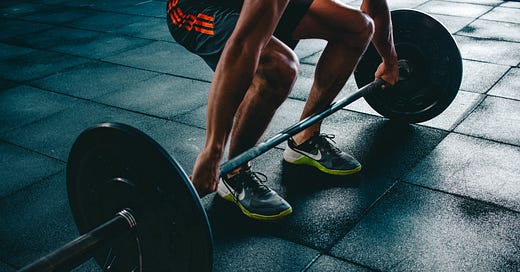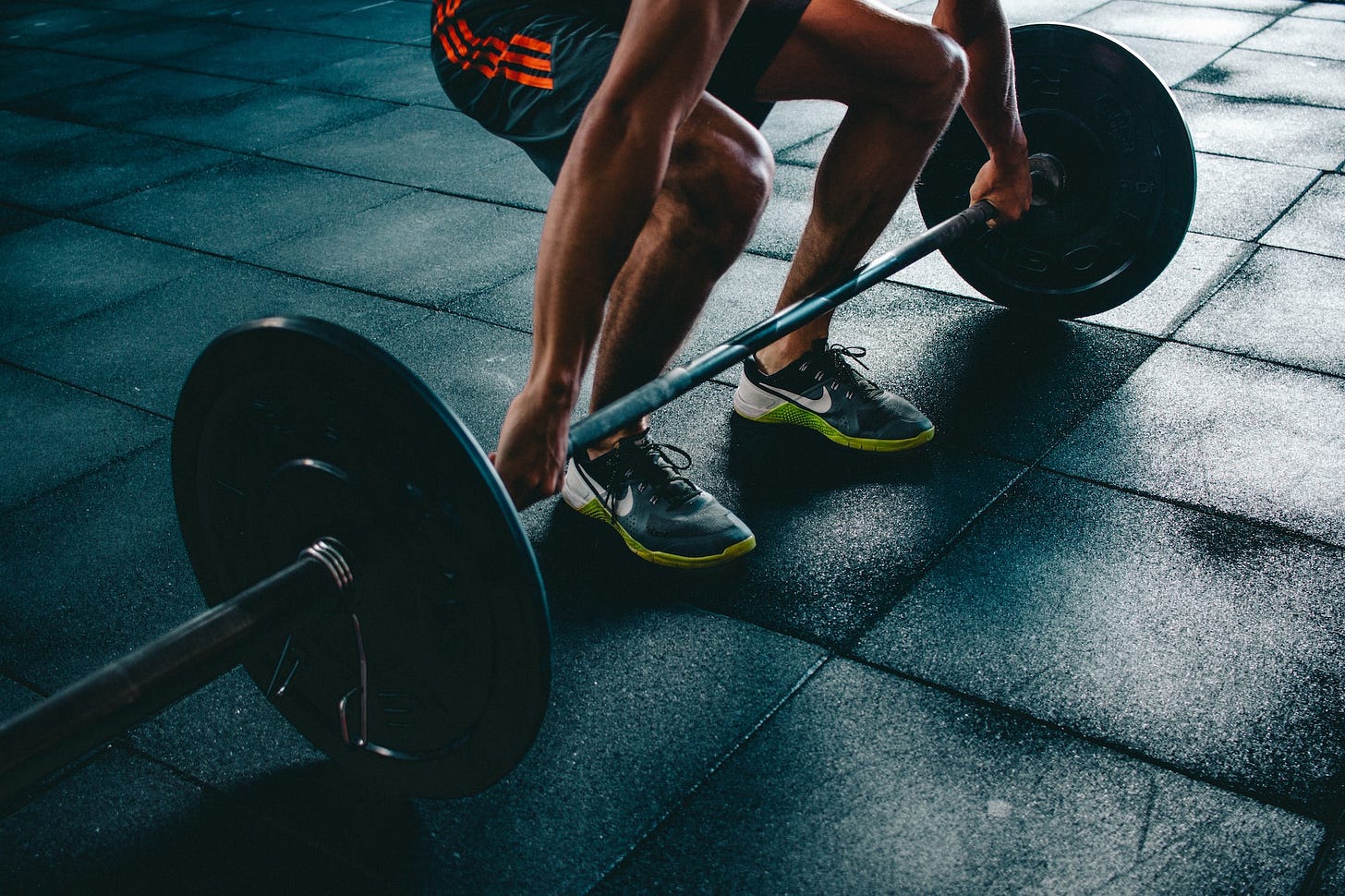Deadlifts for Climbing
Climbers want to get strong right? Actually, we probably want to climb "harder" and "get better at climbing" and believe that "getting stronger" will get us there, right? Deadlifting has been pretty in vogue in climbing training circles for a while now, so I'm offering a bit of salt to the mix. I believe, as the saying goes, that "spray should only come from a can"; so mostly I want offer a reflection on my experience and lessons learned. But, before that...
It's been a while now, but my two favorite sources of climbing training information, Power Company Climbing and ClimbStrong, collaborated on a podcast episode about climbing and deadlifting. Steve Bechtel (ClimbStrong) has actually written a specific manual for deadlifting, and Kris Hampton and Co. have published a kettlebells for climbers ebook.
Interestingly enough, about one year before the below podcast was released, PCC published a blog post titled Deadlifting for Climbers: Truth or Trend. It fleshes out some truths and misconceptions (such as gaining mass, who will and won't benefit from deadlifting, etc...) and is well worth a read also.
Quick Notes:
Aim for about 20 reps per session (deadlift and / or limit-level sequences)
If a set takes longer than 13 seconds, you're not training power. (I found 3 to 5 sets of 2 reps to be optimal)
Plan on pushing 4 - 6 weeks, then "simmering" or maintaining
You're not trying to be an Olympic deadlifter, men should strive for a 1 rep max of 2x bodyweight and women 1.5x
Opinion:
I have been an athlete my entire life. The two sports I love most (BJJ and Climbing) are oft considered (by myself and others) as "soul sports." Nevertheless, it is gratifying, rewarding, and reinforcing to perform well at them. Sometimes weight training helps with that, sometimes it doesn't.
Historically I've been no stranger to lifting heavy. However, in recent years I drifted away from it as it lacked specificity for my level of training (e.g. I needed more hours of rehearsing techniques of mileage on real stone than laps in the weight room). On one end of the spectrum there's the new climber who's also new to athletics or fitness in general and any sort of extra activity or common sense nutrition will likely benefit their climbing. On the other end there's Nina and Puccio get more swoley every day and it's easy to get all enamored and forget that their technique and finger strength are already beyond the top 1% of climbers.
At the beginning of this year I embarked on about a one month deadlifting training cycle, call it "base fitness" if you want, to see where I measure up and if it's something I need to train throughout the year or if that domain was "good enough."
I must admit, it feels good to lift heavy. I like it, a lot! Just like there are some crazy folks that apparently love running, though I can't imagine why, there's a limited (physical) payoff for most climbers (see above).
The clear conclusion that I came to was that I am strong enough deadlifting that I don't need to make that part of my regular training routine. However, the question soon rose, how hard could I push it?
If you read the above linked post from PCC, I suppose I'd fall into the "gorilla" type camp. Whilst I stay at about 10% body fat year round, I'm 5'8" and weigh 180 lbs which is pretty hulk-ish compared to most climbers' body composition. It wasn't too much work at all for me to hit the 2x bodyweight benchmark (360 lbs).
A post shared by Austin | Carnivore • Jiu Jitsu (@savagezen)
The biggest lesson wasn't how much I could bolster my ego or pumped I could get and convince myself I was building a better climber. The biggest lesson was learning how to try, really try, really damn hard. I asked myself how often I actually give absolutely 100% on any given problem or route the number is pretty small, about 1% of the time (see below). What if I could muster the grimacing face (evidence of trying hard?) in the above video on every single move? Obviously that's impossible. If you can give your best every time, then by definition, it's not your best. At the end of the cycle, I settled for "good enough" and a very valuable lesson learned. It was my best (for now).





